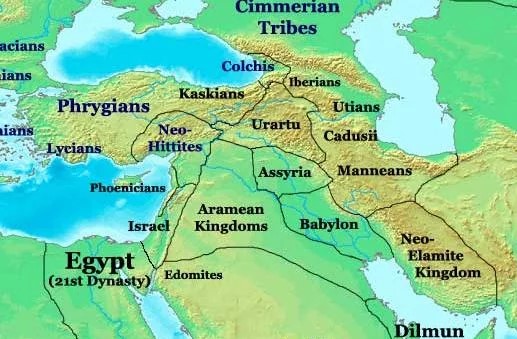Roj Qaderi
7. Nairi-Urartu: The first reference to the Urartu is found in an Assyrian painting dating back to the thirteenth century BC. Accordingly, the Urartu were one of the greatest powers in Mesopotamia in the first half of the first millennium BC. They were also a group that farmed, bred livestock, and used bronze for industry.
Nairi was used by the Assyrians to refer to the northern highlands between the Tigris and Euphrates rivers on the southern of Van Lake. The most prominent of these kings was Sardur I (825-832 BC), a contemporary of the Assyrian king Shalmansar III. He was succeeded by his son Ashbuni, who ruled between 806 and 814 BC and left us several documents at the port of Kelashin. He was succeeded by his son Minawa until part of his kingdom was finally conquered by an Assyrian Sargon in 714 BC. The rest was occupied by the "Scythians and Kemrites" in the seventh century BC.
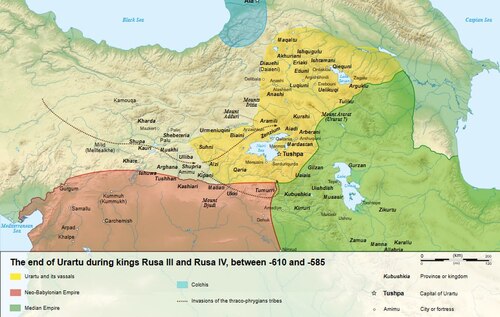
8. Mannais: Manna was the most famous region of Urartu, located south of Urmia Lake. The first reference to the Manais by the Assyrians dates back to 843 BC. A record dating back to 659-665 BC mentions a popular uprising over the increase in taxes on agricultural products by the Mannai king Akhshiri. In it, the rebels were able to kill their king (Akhshiri), remove his son (Auleli) from power, and force him to flee to the Assyrians.
Finally, they were forced to resort to the Medes to repel the Assyrian invasion, until they finally came under their rule in 615 BC. Some historians even believe that the Manna state laid the foundation for the Median state.
About the civilizational aspect of this state and association, it is known that they planted grain and bred livestock; They were skilled in simple industry. They were also skilled in the field of art, as evidenced by the remains found in Saqqez and Zeviya in the eastern part of Kurdistan.
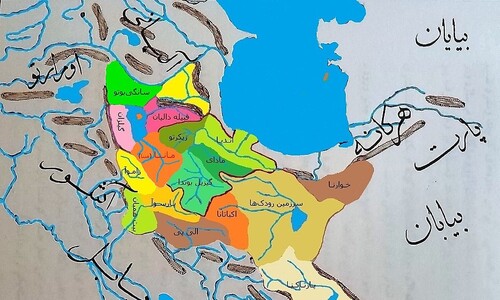
9. Kardokhis (Kordoene): The Kardokhis lived south of the Butan Su River in North Kurdistan. The first reference to this group was made by the Greek leader Xenophon in his book Anabasis. He said that on his return to Greece with 10000 cavalries, he encountered the Kardokhis before reaching Armenia.
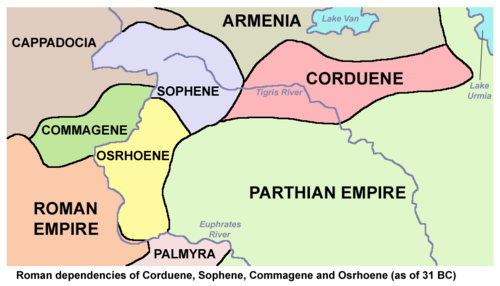
The Kardokhi accent is derived from the Sumerian word "Krda". Later, the Sumerian "kh" was added and became "Krdakh"; Then "wi" the symbol of the plural in Greek went on and became "Krdakhwi" in the Greek language, meaning the people of the country of "Krda"
As for the Kardokhi community, it is known that they were a community doing agriculture. They built their houses with mud, stone, and wood. They also paid attention to orchards, fruits, and vineyards. In his work, Xenophon describes the defense of the Kardokhis in their gardens and homes against the Greek army.
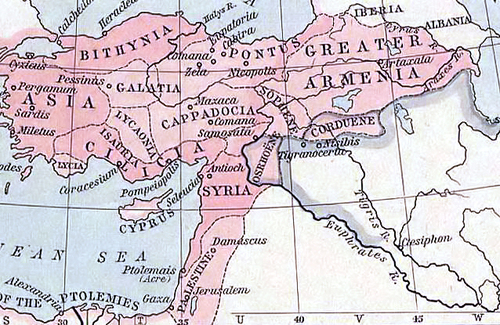
Conclusion:
The oldest accent from which the term "Kurd" is ever derived is the Sumerian accent "Krda" which means "high". The term first appears in the record of a king of the Uri Sumeri dynasty named Soshin (2028-2036 BC). The term referred to the existence of life and people in the mountainous regions north of the border of Sumerian rule, known as "Mesopotamia.
Sources:
- Media, Dishner, Dr. Goenter, translated by Burhan Qane, Baghdad, 1978
- Part of the History of Kurds, Professor Dr. Keywan Azad Anwar, Eleventh Edition, Sulaimani, 2021

